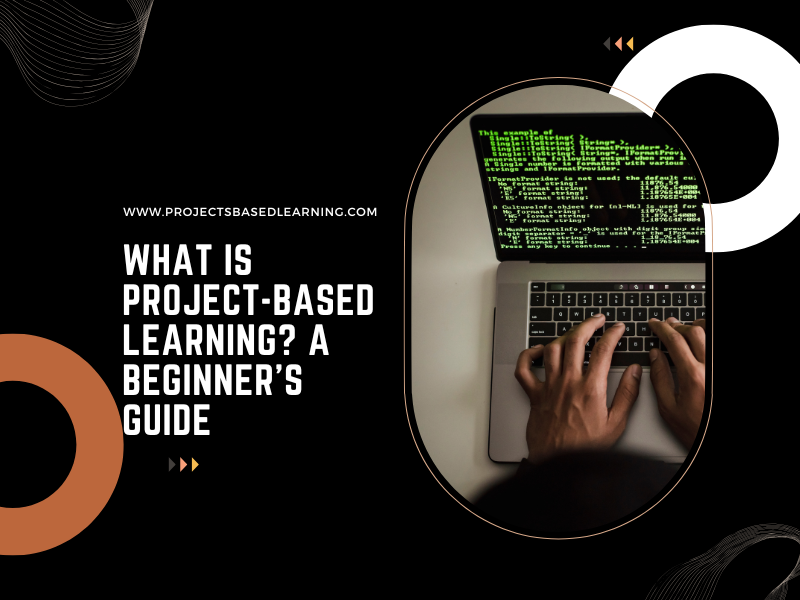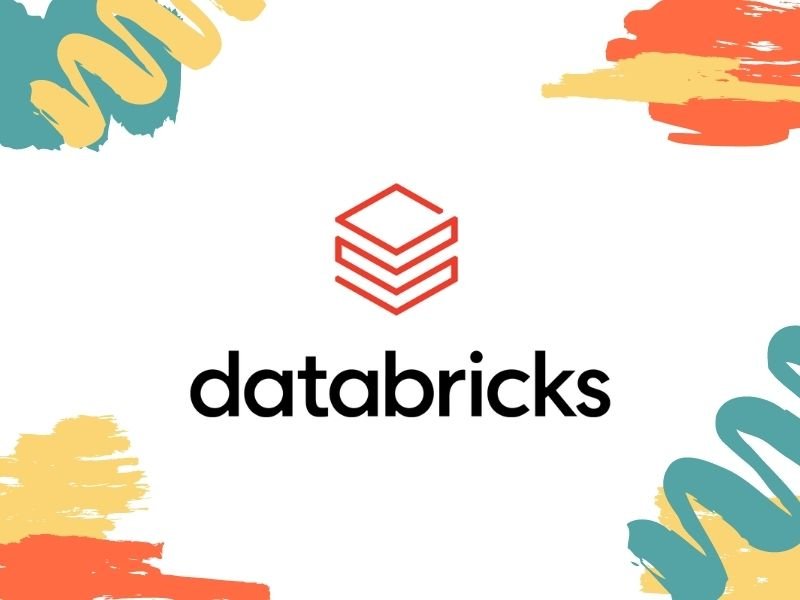In a world where real-world skills are more valuable than ever, traditional methods of education—lectures, memorization, and standardized tests—are being reimagined. One powerful approach that’s transforming how we learn and teach is Projects-Based Learning (PBL). Whether you’re a student, educator, or professional looking to upskill, this guide will walk you through the essentials of PBL and why it’s worth exploring.
📌 What Is Project-Based Learning?
Project-Based Learning (PBL) is a hands-on learning approach where individuals gain knowledge and skills by working on real-world projects over an extended period of time. These projects are designed to be challenging, relevant, and inquiry-driven, allowing learners to engage deeply with the subject matter.
Rather than simply absorbing facts, learners actively explore problems, ask questions, and build solutions—just like they would in a real job or research scenario.
In short, PBL flips the script from passive learning to active doing.
🔍 Key Characteristics of PBL
Here’s what makes project-based learning stand out:
Real-World Relevance: Projects are based on actual challenges and scenarios.
Inquiry-Based: Learners ask meaningful questions and conduct research to find answers.
Interdisciplinary: Projects often blend skills from multiple domains (e.g., coding + communication + data analysis).
Student-Driven: Learners take ownership of the process and outcomes.
Reflective: Emphasis on feedback, iteration, and learning from mistakes.
💡 Example Projects
Tech Students: Build a churn prediction model for a telecom company using Apache Spark.
Business Learners: Create a data-driven sales dashboard using Superset or Power BI.
Design Students: Redesign a mobile app for better user experience based on user feedback.
Environmental Studies: Propose a local sustainability plan using data and community interviews.
🎯 Why Is PBL So Effective?
Here’s why learners and educators around the world are embracing project-based learning:
1. It Builds Real-World Skills
You learn by doing—whether it’s coding, presenting, designing, or analyzing. These are the exact skills employers care about.
2. It Increases Engagement
Projects are often more motivating than lectures because they feel relevant and personal.
3. It Promotes Critical Thinking
Rather than following a script, you’re solving problems, navigating ambiguity, and making decisions.
4. It Encourages Collaboration
Many PBL environments involve teamwork, helping learners develop soft skills like communication, leadership, and adaptability.
📚 PBL vs Traditional Learning
Aspect
Traditional Learning
Project-Based Learning
Focus
Memorization & exams
Real-world application
Role of Learner
Passive recipient
Active problem-solver
Outcome
Grades & scores
Skills & portfolios
Assessment
Standardized tests
Projects & presentations
👨💻 Who Can Benefit from PBL?
Students looking to prepare for college or careers.
Career Changers wanting to build portfolios that stand out.
Professionals seeking hands-on experience in new technologies.
Educators aiming to make learning more engaging and impactful.
🔧 Getting Started with PBL
Want to try project-based learning? Here are some tips:
Choose a problem or challenge you’re curious about.
Define your outcome (e.g., build an app, present findings, create a model).
Break the project into tasks and set deadlines.
Document your process—this is part of the learning!
Seek feedback and improve iteratively.
You can also explore project-based online courses or platforms like ours at ProjectsBasedLearning.com that provide structure, tools, and guidance
🚀 Final Thoughts
Project-Based Learning isn’t just an educational trend—it’s a practical, powerful way to learn by building. Whether you’re aiming to develop job-ready skills, switch careers, or just learn more effectively, PBL can help you achieve your goals in a meaningful and lasting way.
Ready to dive in? Explore our growing library of hands-on learning paths and projects at www.projectsbasedlearning.com and start building your future—one project at a time.

